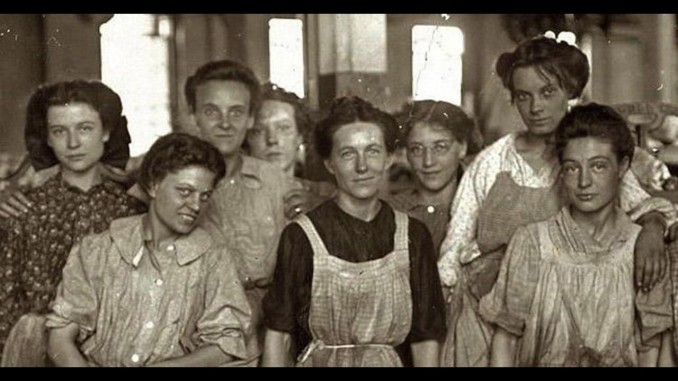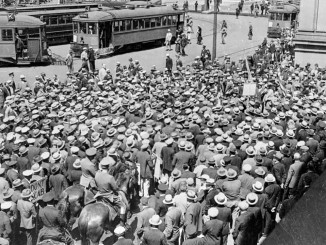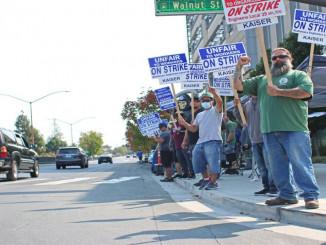
During the Industrial Revolution, from around 1821 onward, the textile mills of Lowell, Massachusetts recruited women from the surrounding rural countryside. The mill workers were mostly young women aged 15-30, who lived together in company boardinghouses. To the mill owners, women were a cheap source of labor, as they were paid far less than male workers. This was still more than the typical wage for women in other occupations. The Lowell workers typically worked 12 hours a day, six days a week. The working and living conditions at the mills led to a sense of community among the working women.
In February of 1834, the managers of the Lowell textile mills announced a reduction in wages of 12-25 percent, effective March 1. The women working in the mills responded to this attack, and organized against the wage cut despite social attitudes against women protesting. After one woman was dismissed for her role in organizing protests, she gave a signal by waving her calash, a popular hat at the time. In response to the signal, a strike immediately began, soon involving around 800 workers, who formed a procession marching through the town. They issued a statement proclaiming “Union is Power,” which asserted their rights and denounced their oppression. However, the strike quickly failed. Within days, they were back at work and the mills were running near capacity again. Despite this setback, the strike was not for nothing, for it was not the last time the workers would act collectively against their employers.
Two years later, in October of 1836, 1,500 of the Lowell mill workers went on strike again, in protest of a rent hike at the company-owned boardinghouses (which effectively amounted to a wage cut). This strike was better organized, with the strikers forming the Factory Girls’ Association for the duration of the strike. It lasted significantly longer, with the mills running below capacity for months due to the strike. This second strike also ended before it had won what it had demanded, although some employers did waive the rent increase.
Although these early strikes were not as successful as hoped, they marked the beginning of women’s participation in a long struggle for better working conditions, which continued through the 1840s and beyond. In 1845, the Lowell women formed the Female Labor Reform Association, which acted as a sort of union and conducted activities such as publishing a newspaper, organizing in other mill towns in New England, and petitioning the state legislature for a 10-hour workday.




